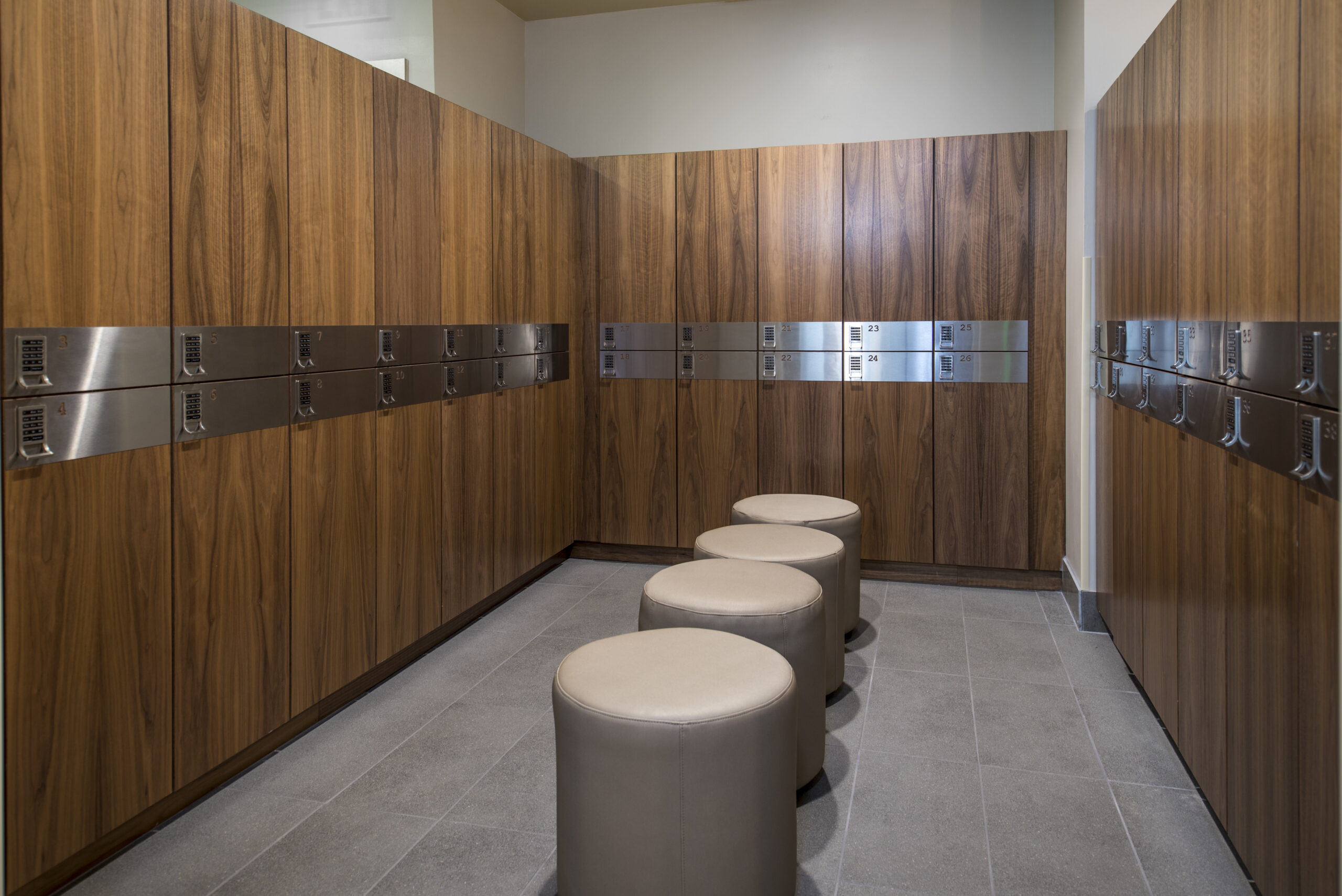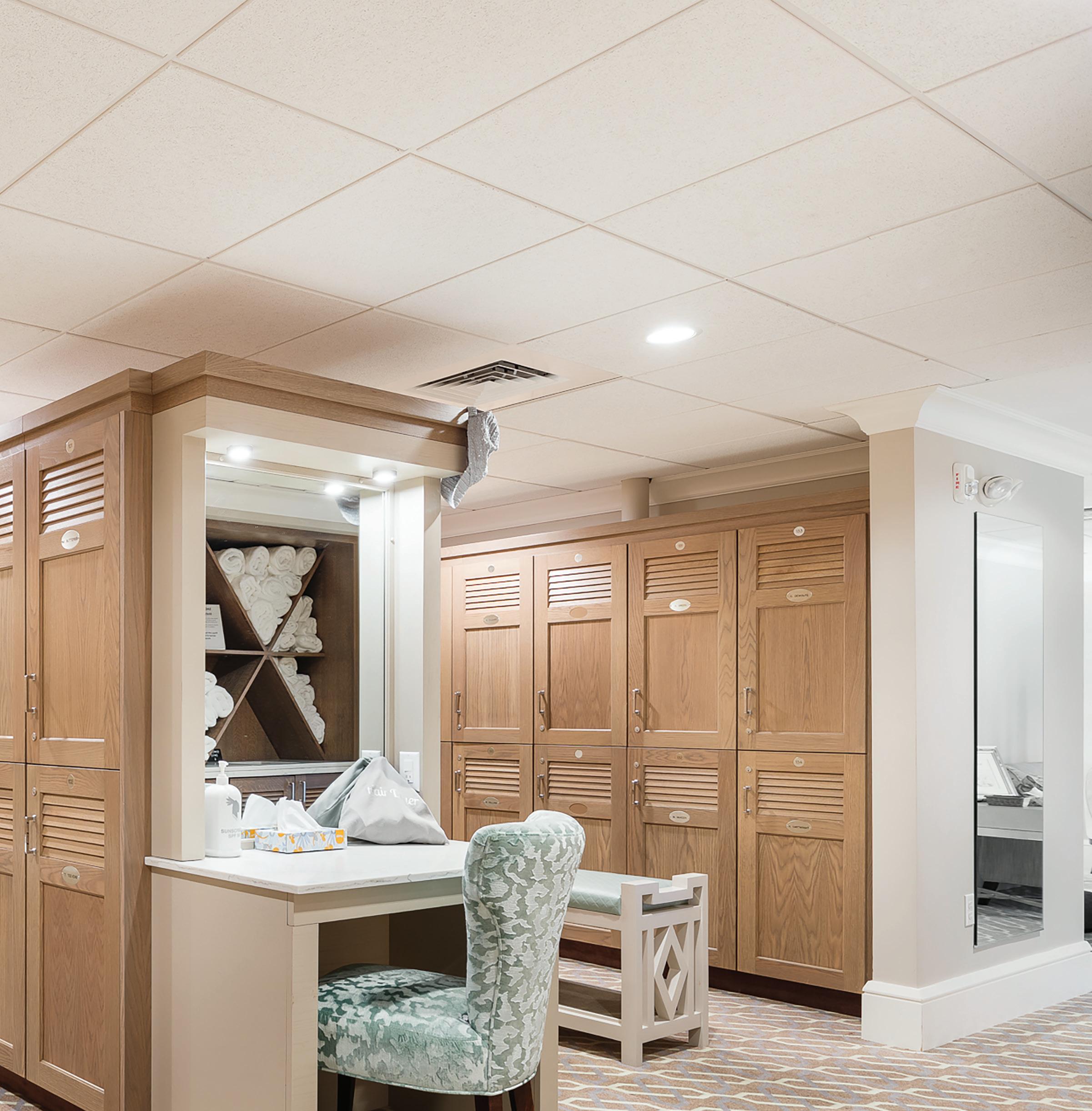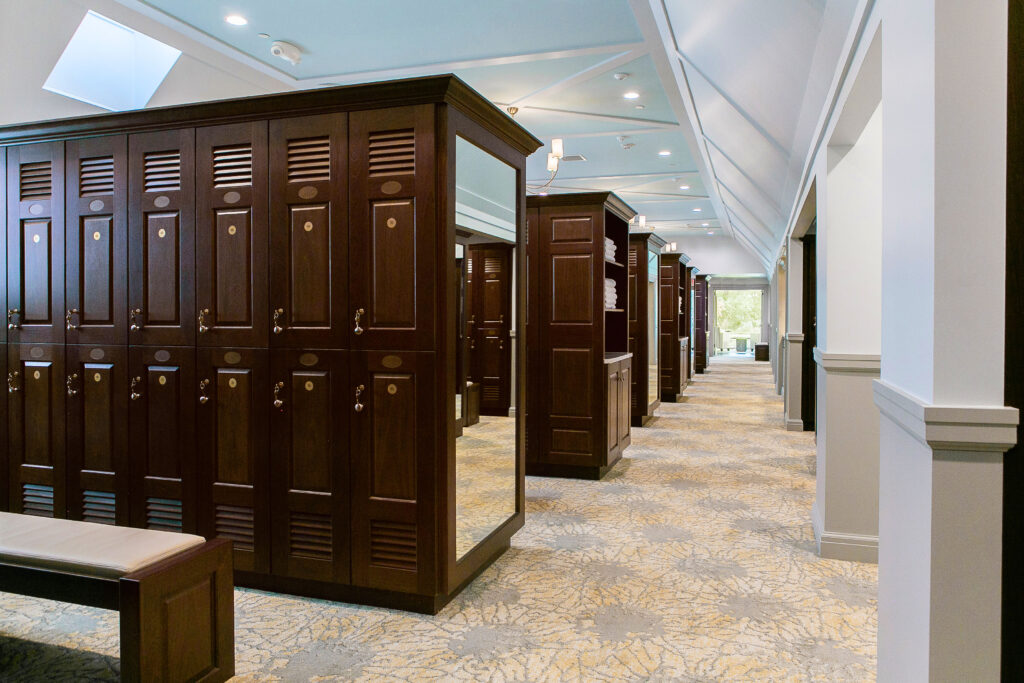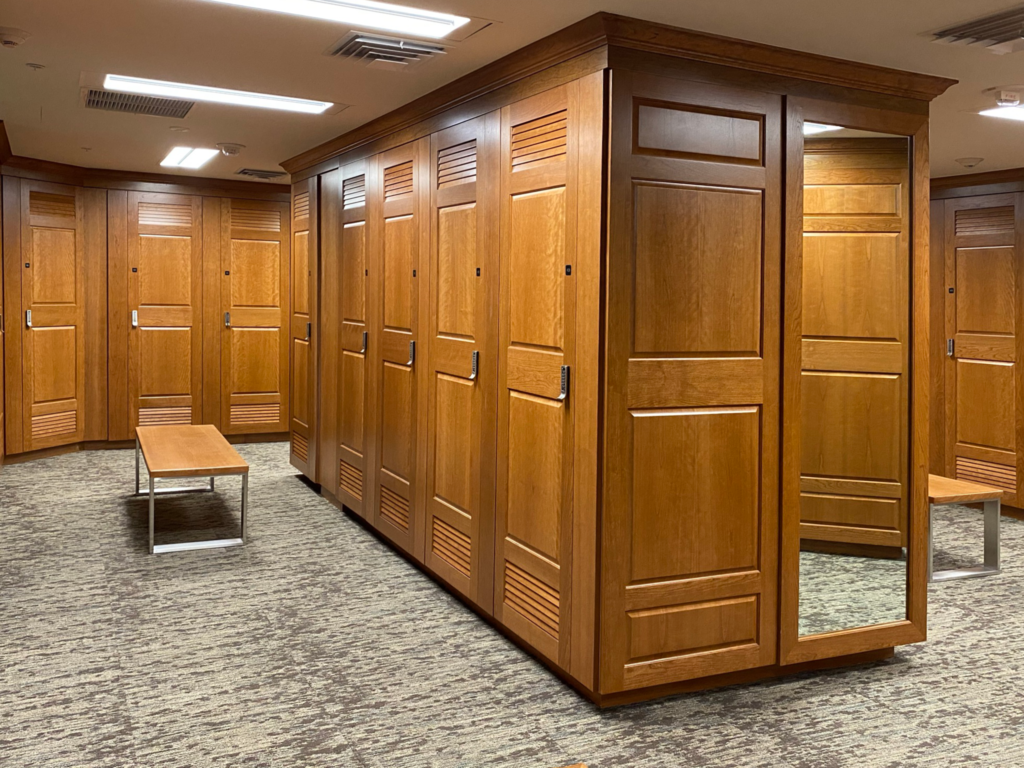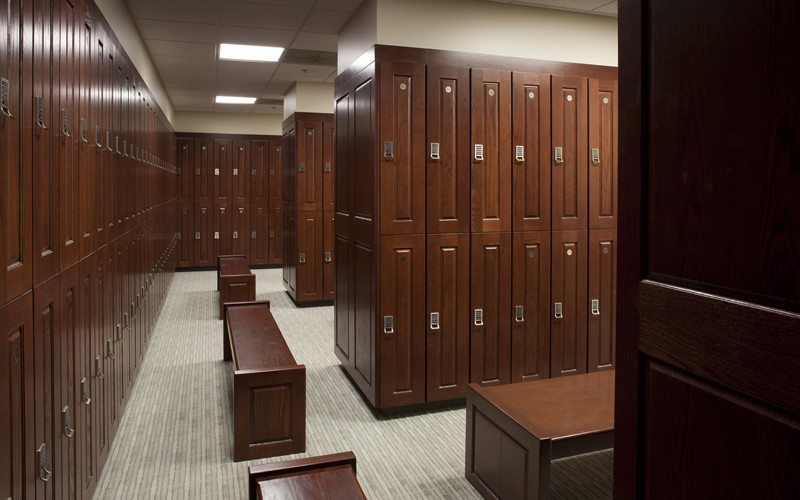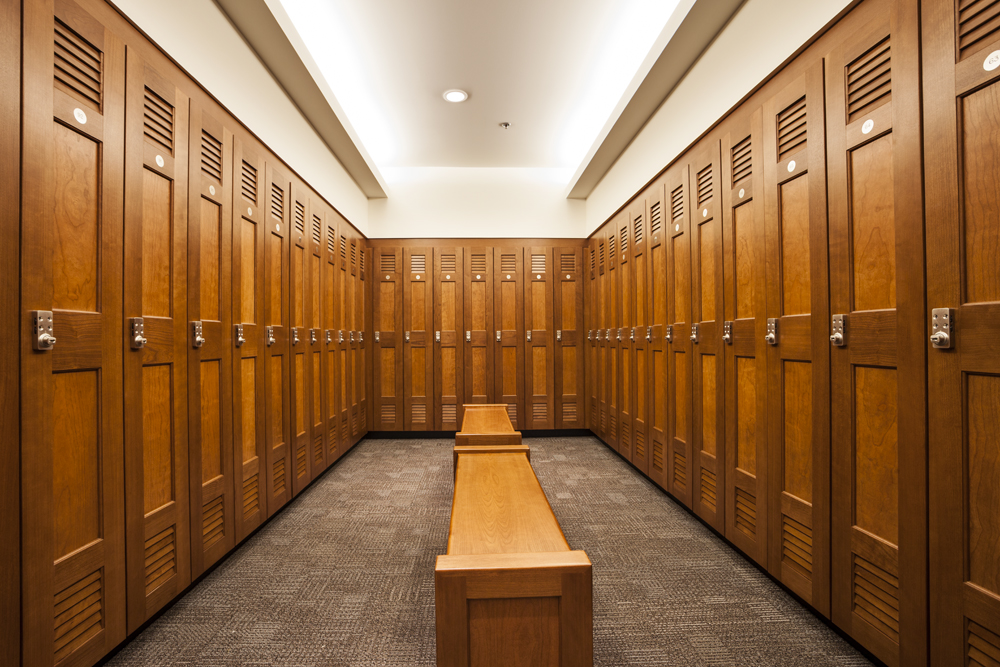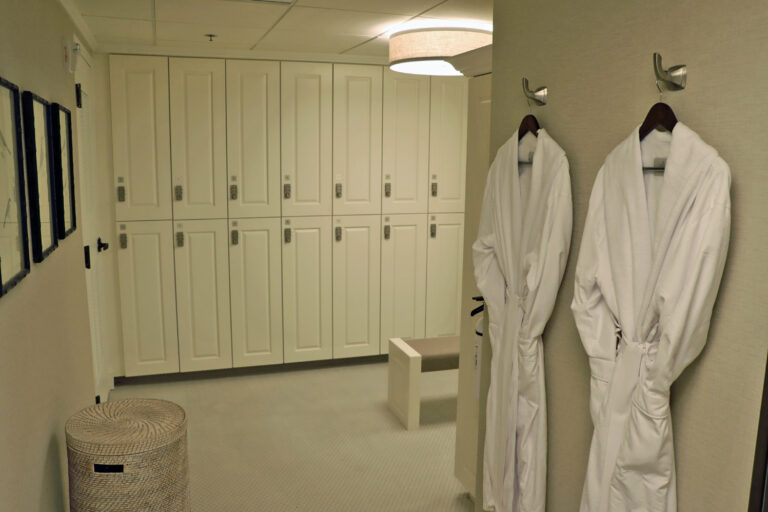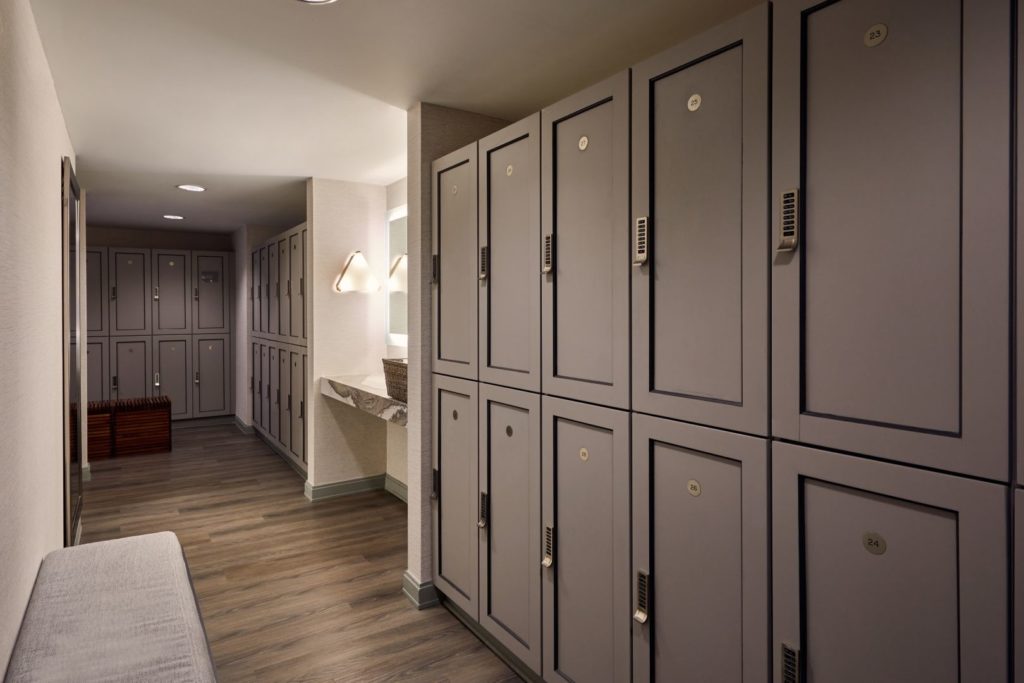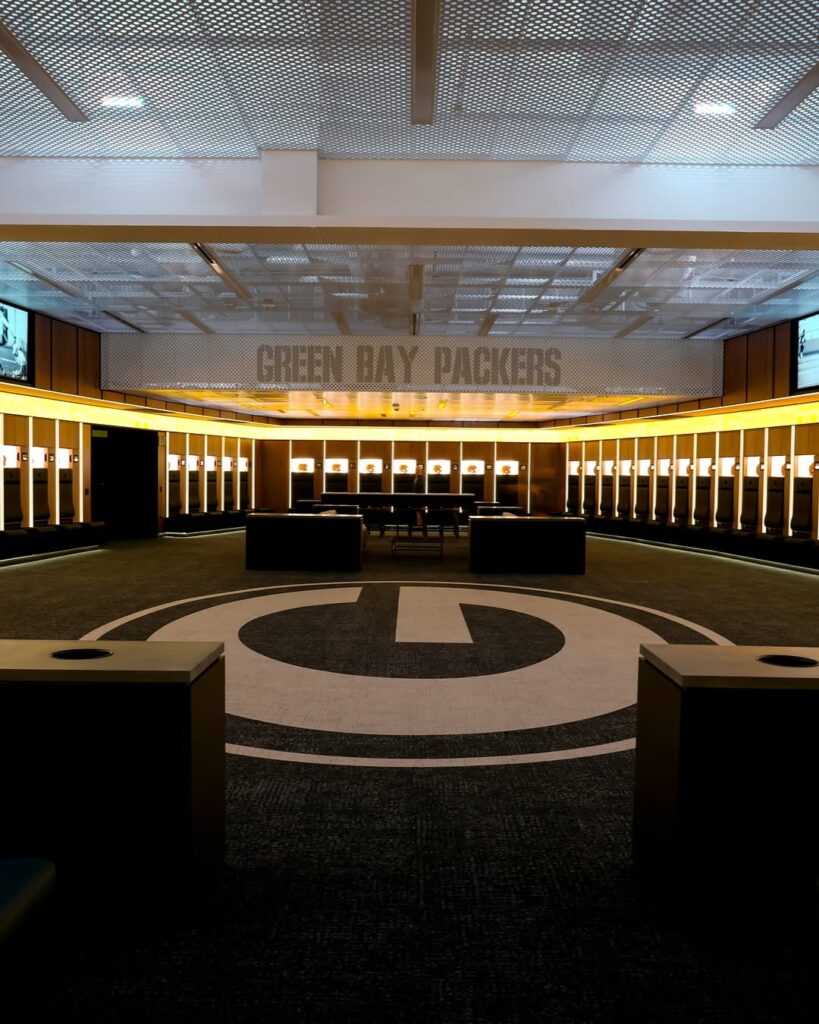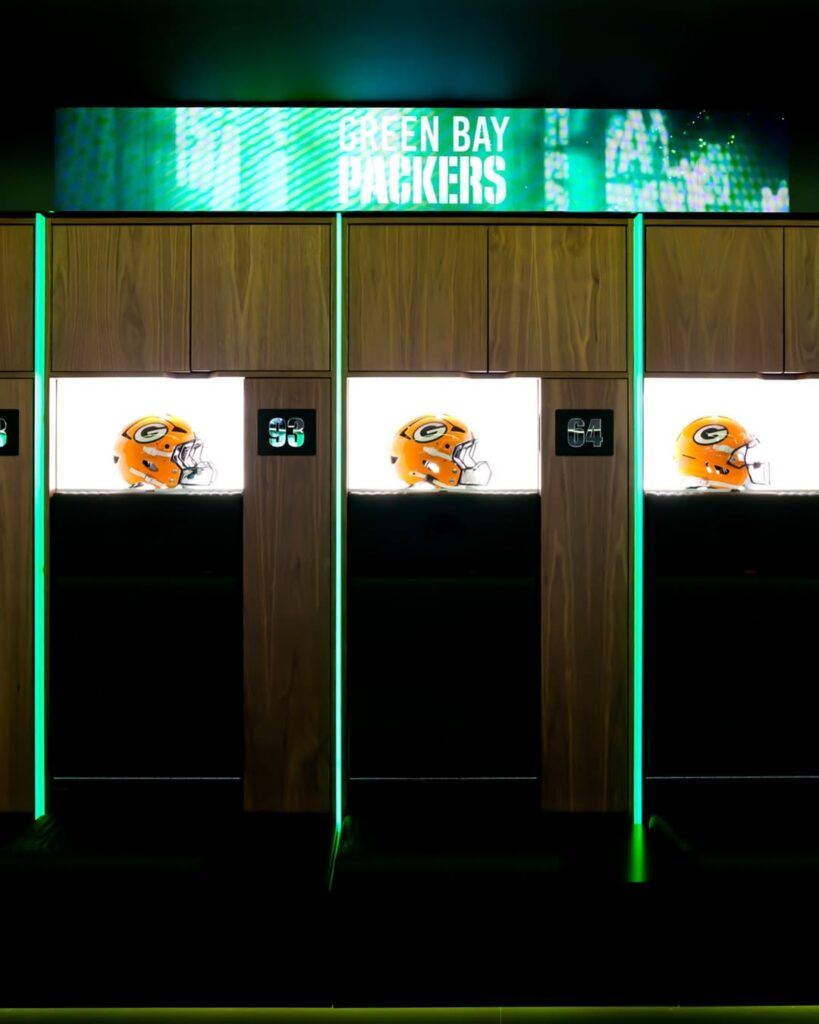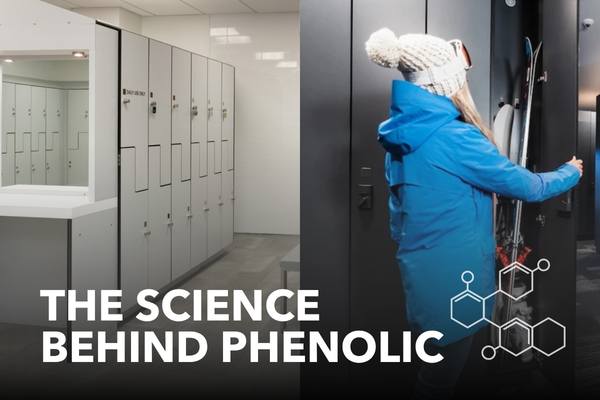
When facility managers in healthcare centers, ski resorts, and fitness clubs choose materials for their high-traffic environments, they’re not just selecting a surface—they’re choosing a molecular defense system. Phenolic material has become the gold standard for these demanding environments, but understanding why requires diving into the science behind its unique non-porous structure.
Unlike traditional materials that have microscopic pores and crevices, phenolic’s crosslinked molecular structure creates a surface so dense that bacteria, mold, and mildew simply cannot penetrate or establish colonies. This isn’t just about surface cleanliness—it’s about preventing contamination at the cellular level.
Here’s what makes phenolic different:
- Zero Porosity: The crosslinked polymer network eliminates microscopic gaps where bacteria typically hide and multiply
- Chemical Resistance: The molecular structure withstands aggressive cleaning agents without degrading, maintaining its protective barrier
- Moisture Repellent: Water molecules cannot penetrate the surface, preventing the damp conditions bacteria need to thrive

Healthcare Facilities: Where Science Meets Safety
In healthcare environments, where patients are often immunocompromised and infection control is critical, phenolic’s molecular properties provide unmatched protection. The non-porous surface prevents bacteria from seeping through and allows the material to be easily cleaned and maintained—crucial in environments where the risk of infection is prevalent.
Healthcare facilities choosing phenolic lockers benefit from:
- Antimicrobial Properties: The molecular structure naturally inhibits bacterial growth without requiring chemical additives
- Easy Decontamination: Cleaning protocols can effectively sanitize the entire surface without worry of hidden bacterial reservoirs
- Chemical Compatibility: The material withstands hospital-grade disinfectants without structural breakdown

Aquatic and Ski Facilities: Conquering Moisture and Heavy Use
The combination of high humidity, frequent temperature changes, and heavy foot traffic in aquatic and ski facilities creates the perfect storm for bacterial growth. Traditional materials often fail in these conditions, but phenolic thrives.
The waterproof and moisture repellent qualities of phenolic material make it the ideal choice for these damp and humid settings. The crosslinked structure doesn’t just resist moisture—it completely repels it, preventing the conditions that allow bacteria and mold to establish themselves.
Key benefits for aquatic and ski facilities:
- Humidity Resistance: The molecular structure remains stable even in 100% humidity environments
- Temperature Stability: Crosslinked polymers maintain their properties through freeze-thaw cycles common in ski facilities
- Impact Resistance: The dense molecular network provides exceptional durability against high impacts and heavy use
The Cleaning Science: Why Non-Porous Matters
Traditional porous materials create a cleaning nightmare—bacteria can hide in microscopic crevices that cleaning solutions can’t reach. Phenolic’s non-porous surface means there’s nowhere for contaminants to hide. Every cleaning cycle reaches 100% of the surface area, ensuring complete decontamination.
This scientific advantage translates to real-world benefits:
- Reduced Cleaning Time: No need for deep-cleaning procedures to reach hidden bacteria
- Lower Chemical Usage: Effective cleaning with standard protocols
- Consistent Results: Every cleaning cycle achieves the same level of decontamination
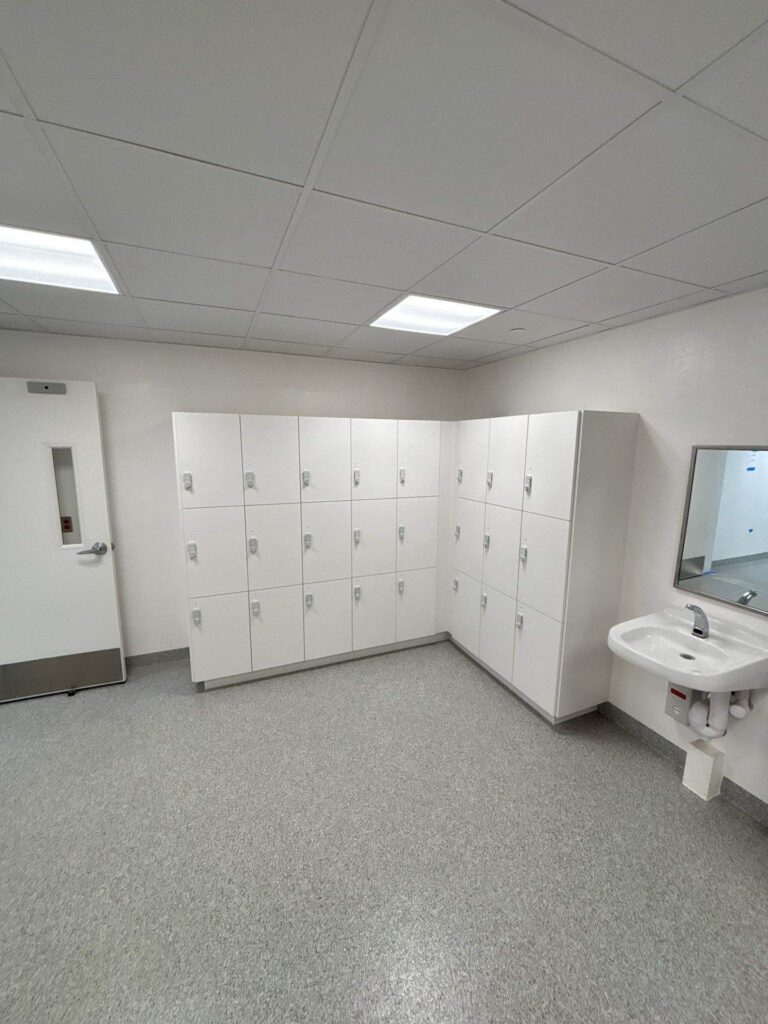
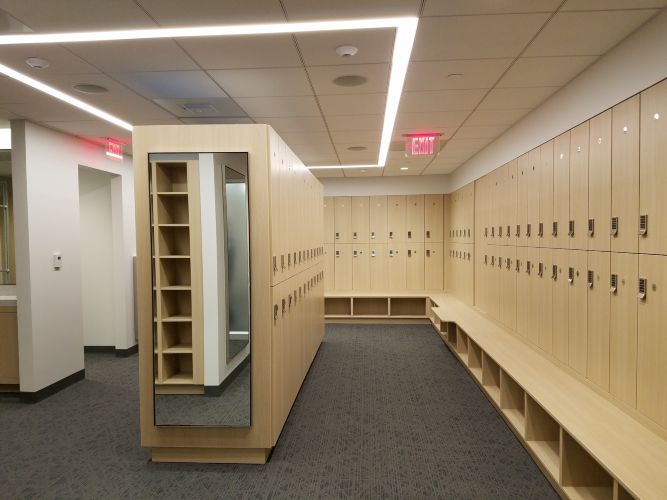
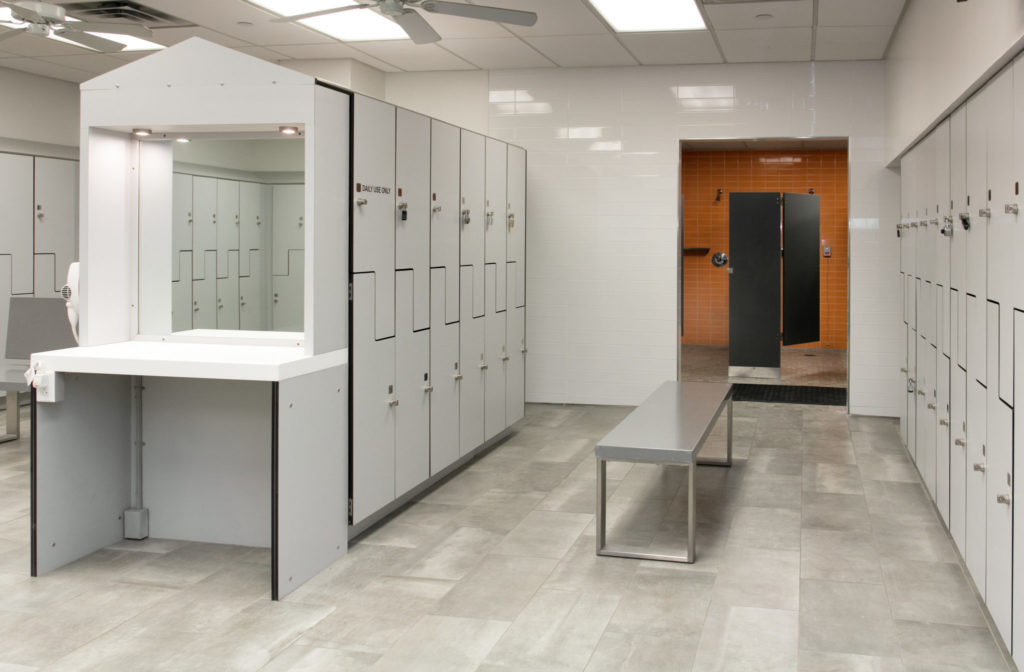
Beyond Surface Deep: Long-Term Performance
The molecular science behind phenolic doesn’t just provide immediate benefits—it ensures long-term performance. Unlike materials that degrade over time and develop micro-cracks where bacteria can colonize, phenolic’s crosslinked structure maintains its integrity for decades.
This molecular stability means facilities can count on consistent hygiene performance throughout the material’s lifespan, making phenolic lockers a smart investment for any high-traffic environment where cleanliness is non-negotiable.
As facility managers continue to prioritize health and safety in their environments, understanding the science behind material choices becomes crucial. Phenolic’s non-porous molecular structure isn’t just a technical specification—it’s the foundation of a safer, cleaner facility.
When designing your next healthcare facility, aquatic center, or ski resort project, the molecular advantages of phenolic provide the scientific backing your facility needs to maintain the highest standards of cleanliness and safety.
Visit our website or contact us to get started on your next phenolic locker project!
Discover Hollman Lockers
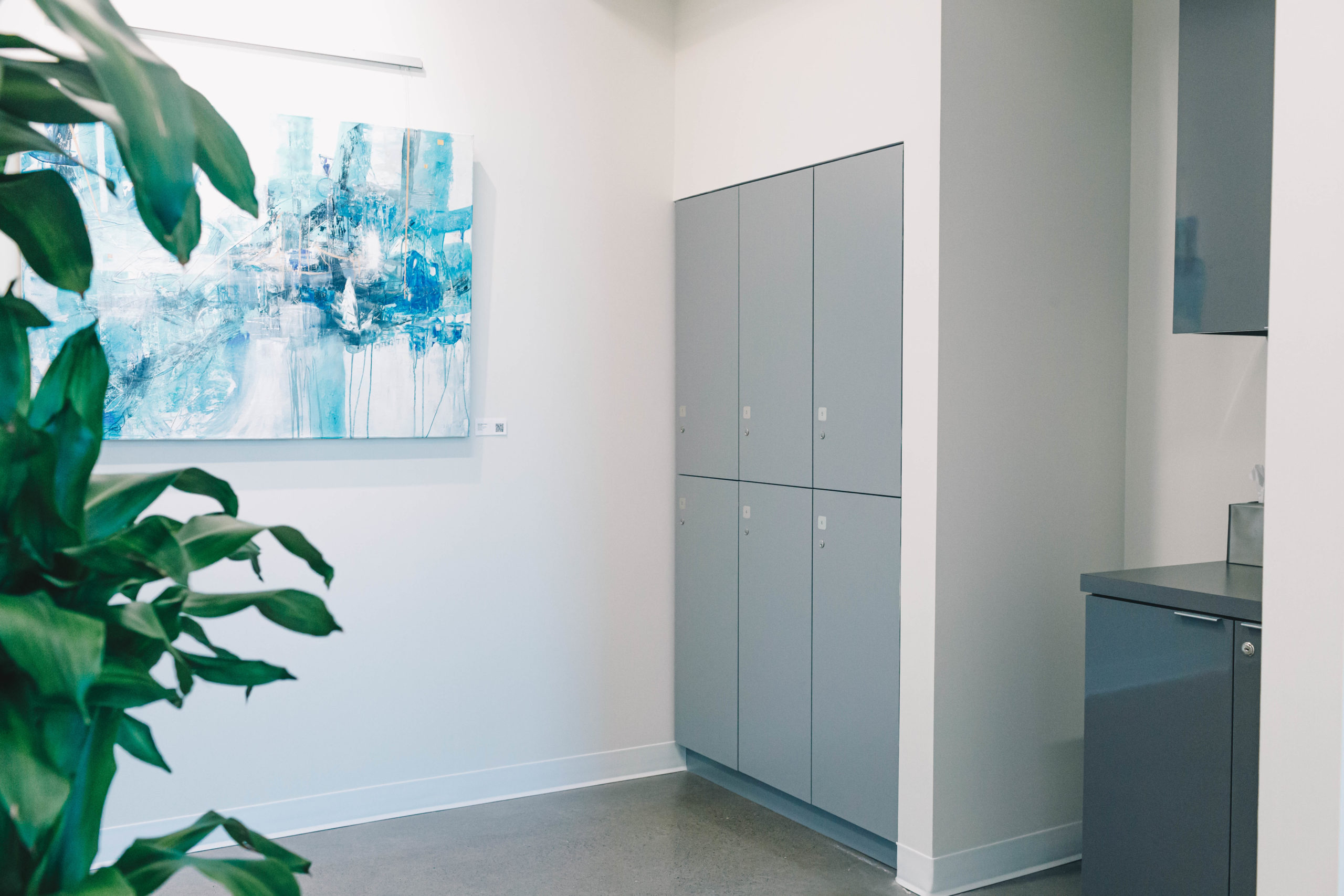
EXPLORE ESSENTIALS COLLECTION
The essentials collection consists of Hollman’s most popular configurations, models, and materials curated together to cut lead times, guaranteeing your lockers delivered between 4-6 weeks upon order approval.
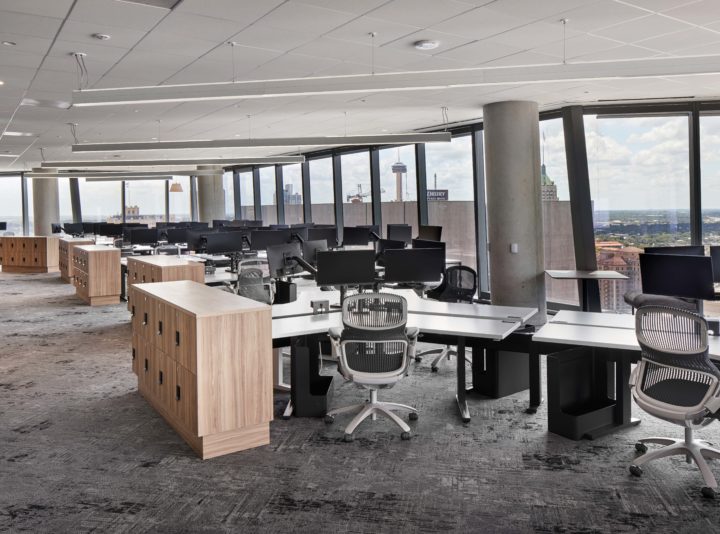
EXPLORE WORKSPACES
When a workspace needs to put in overtime, Hollman leverages 40+ years of manufacturing expertise to transform traditional spaces into innovative environments with lockers that add agility.
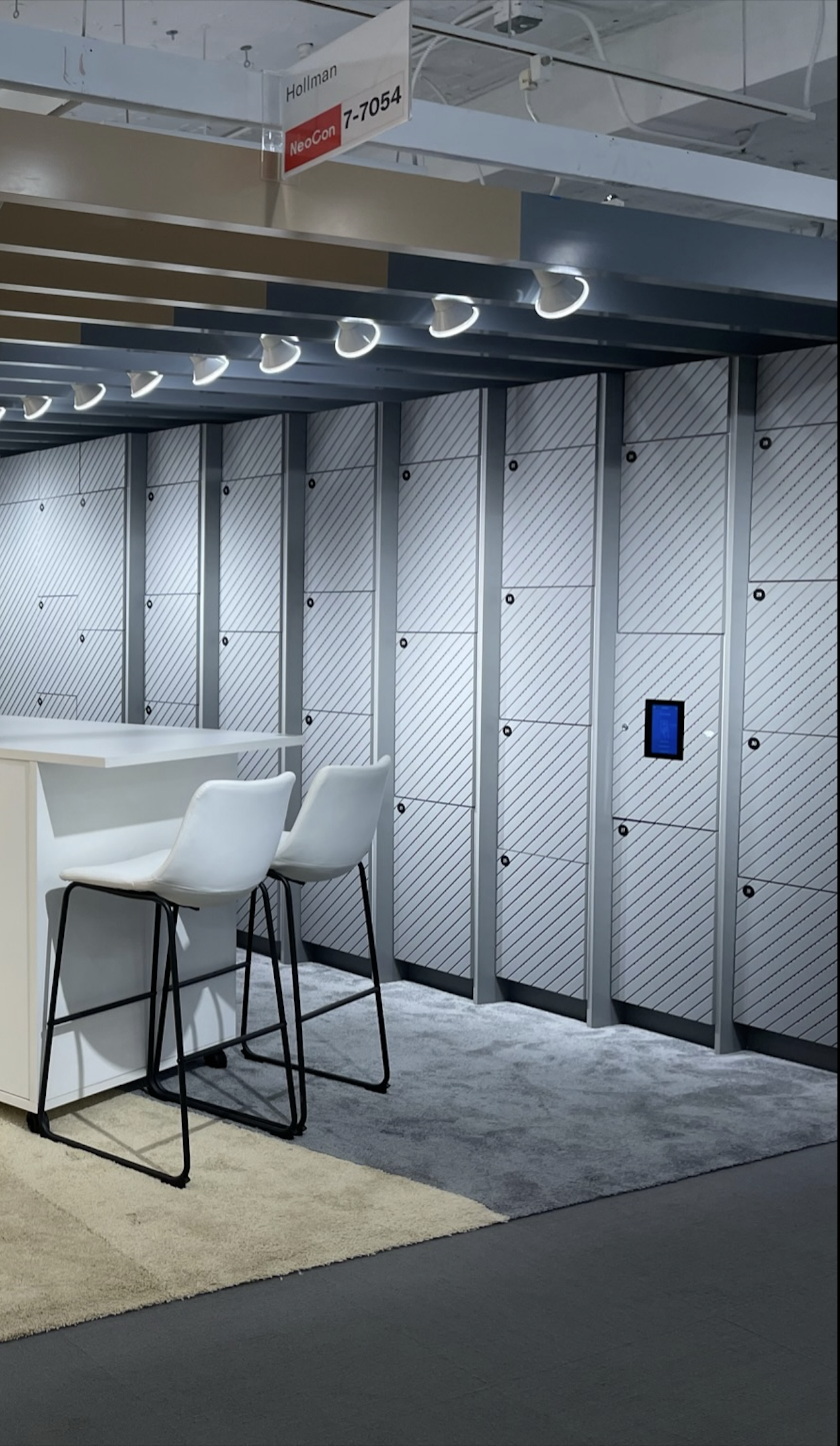
DISCOVER SMART LOCKERS
With Hollman’s Smart Lockers each locker can be configured to the needs of every working zone in your building with a variety of configurations, materials, and the security solution that allows you to assign temporary or mixed-used.


